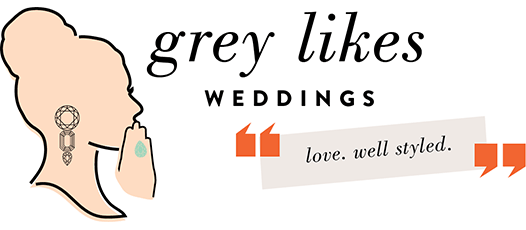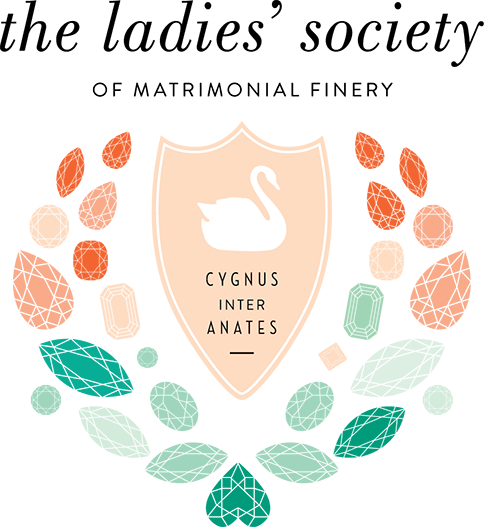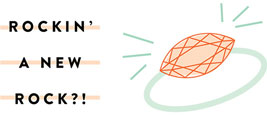With getting engaged come a plethora of reasons to pop the cork. So fun! But as I found myself drinking more and more and (oh, just one more glass) more champagne, I realized how very little I know about my bubbly. So for those of us new to the world of champagne, I thought I’d create a quick little guide.
What is Champagne? There are many, many sparkling wines out there. What makes Champagne unique is that to be labeled as such (with a capital “C”) the grapes had to have been grown in the Champagne region of France. When you pop that cork, you know you’re getting something vraiment française. If you’re not in a position to afford the price tag that comes with such an import, there are still a lot of deliciously classy options out there for you. Spanish Cava and Italian Prosecco are great, more wallet-friendly choices.
Why the bubbles? Champagne and sparkling wines undergo a second fermentation process during which winemakers add sugar and yeast. Those ingredients convert to alcohol and carbon dioxide (bubbles).
What is the terminology? For the sake of these classifications, bear in mind that “dry” means the opposite of “sweet.” Another helpful hint- “brut” is pronounced “broot.”
Non-Vintage: You won’t find these bottles marked with a year, and that’s because these blends come from grapes of different years.
Blanc de Blancs: Chardonnay is the only white grape grown in the Champagne region of France. Blanc de Blancs Champagnes are 100% chardonnay.
Blanc de Noir: 100% red (also known as black) grape Champagne made from Pinot Noir and/or Pinot Meunier grapes.
Rosé: Made from a combination of white and red grapes.
Brut Nature: No sugar added
Extra-Brut: Extra dry
Brut: Dry
Extra-Sec (or Extra-Dry): Dry with a hint of sweetness
Sec (or Dry): Medium sweet
Demi-Sec: Sweet
Doux: Very sweet; a dessert wine
How do I open it safely? One of the biggest stresses of any catering job is opening the scores of bottles of champagne and sparkling wine. After a couple years of such stress myself, I’m proud to offer my tried-and-true method for opening a bottle without damage to any persons or things.
Step 1: Grab a dishtowel.
Step 2: Slowly and gently twist off and discard the cage.
Step 3: Tilt the bottle at a 45-degree angle away from yourself and away from other. Put the dishtowel over the cork. Place the palm of your hand over the top of the cork and grip it firmly.
Step 4: Sl
owly twist the bottle back and forth while holding the cork in place. You should feel the cork wriggling out of the bottle. Take your time- there’s no rush.
Step 5: The cork will release from the bottle. Your hand and the dishtowel ensure it stays firmly within your grasp and not bouncing off your great-aunt’s china.
Step 6: Slowly pour into an angled flute and enjoy. Cheers!
How should it be served? Champagne must always be served cold. Allow at least three hours in the fridge to chill. Pressed for time? Pack it in a bucket of ice and cold water. It should be ready in about 30 minutes. Never stick champagne in the freezer.
How much do I buy? One bottle of champagne or sparkling wine should fill about seven flutes.
Sources: Better Homes & Gardens // Food & Wine // Men’s Health UK // Huffington Post // About.com // Cork Popping Image via Great Wine News // Clinking Glasses Image via Sweet Southern Prep // Glass Line Image via Gambit //





